Canvas vs Twill – Is One More Durable?
While writing my piece about the best waxed canvas backpacks, I was reminded that there are a ton of ways to weave cotton and that the average guy’s understanding of different types of weaves and names for fabrics could probably use a polish.
So, to get a better understanding of this somewhat complex subject, I did a quick write up about canvas vs. twill so that you can decide which is best for your own needs.
We also spoke with Lennaert Nijgh, founder of Benzak Denim Developers, and an expert on all things canvas, denim, and workwear.
Key Takeaways:
Canvas is straightforward, sturdy, and adaptable, while twill is more decorative and tough. Keep in mind that “tougher” applies on a per-ounce basis: a 20-ounce canvas beats a 10-ounce denim in sheer thickness and strength.
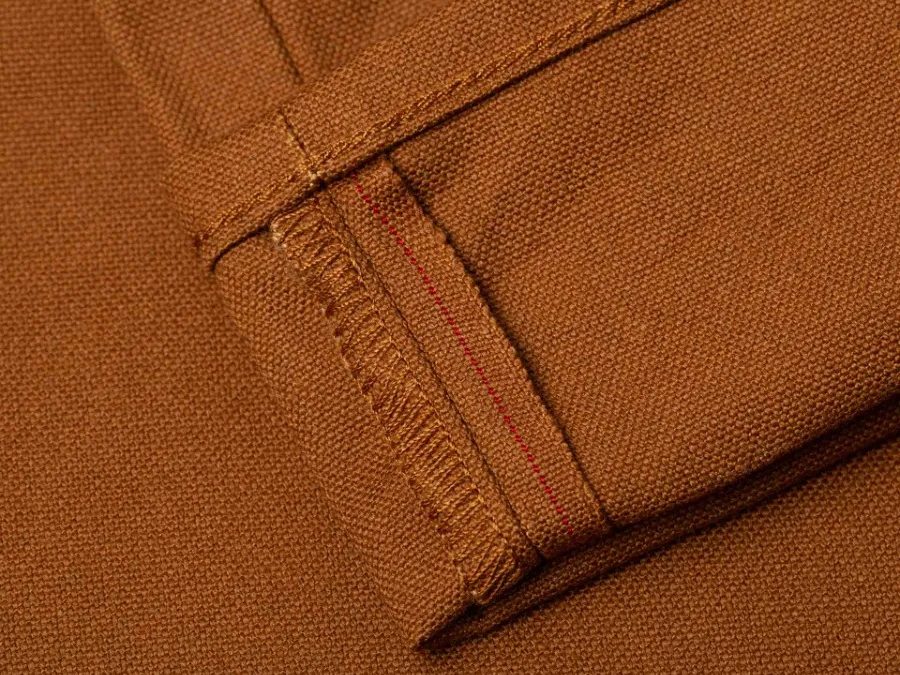
What is Canvas?
Canvas is a tightly woven fabric most commonly derived from cotton, although it can also be made from flax, hemp, or viscose (a process for making artificial silk).
It’s plain-woven, meaning that the warp threads (vertical) and weft threads (horizontal) overlap at ninety-degree angles. Look up close, you can see it yourself! Canvas uses a much thicker thread than other cotton fabrics, especially those that make contact with your skin.
The combo of the plain weave and thick thread produces a strong fabric that’s resistant to tears, snagging, and abrasion. So, canvas works well for bags, shoes, and work clothes and is less often used for jackets — not unlined jackets, anyway.
Because it is so tightly woven, canvas is not breathable but it is wind-blocking, which is why it works so well for both sails and jackets. Canvas differs from denim, which uses a twill weave — a more intricate process we’ll get to in a bit.
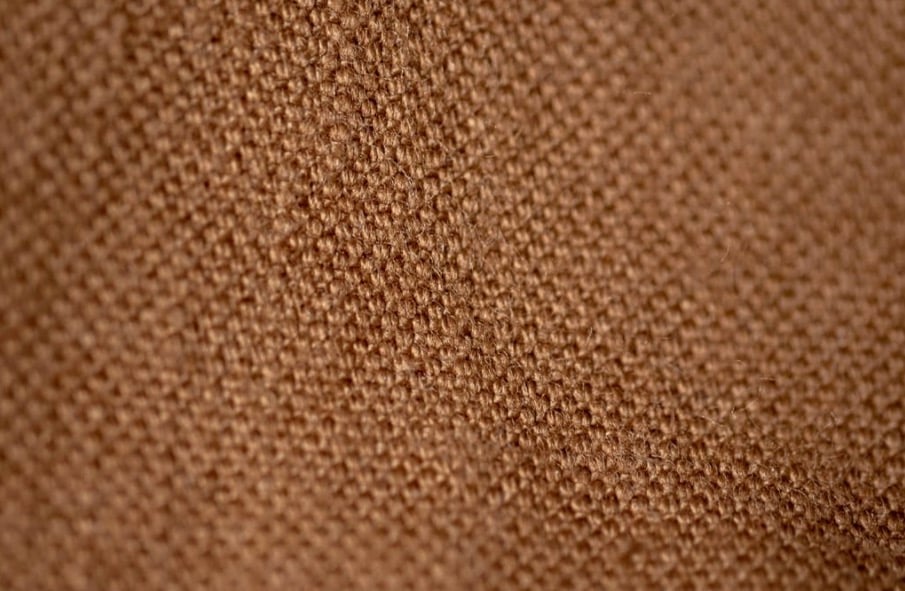
Plain Canvas vs. Duck Canvas
Generally speaking, canvas comes in two forms: duck canvas and plain canvas.
Duck canvas has nothing to do with aquatic birds “The word ‘duck’ is derived from the Dutch word doek, which means ‘cloth,'” explains Lennaert. “If you’re looking for workwear quality, look for duck canvas.” Duck fabric is typically cotton, but like plain canvas, it could be linen, hemp, or another fiber. Also like plain canvas, it comes in a variety of weights or thicknesses.
Duck canvas differs from plain canvas in that it has a tighter weave, and uses two yarns together for the warp threads. This means it is quite a bit tougher, and has better structure. It also has a smoother surface due to its tight weave, making it highly resistant to snagging and tearing. So, it is more commonly used in workwear and other purposes where you might want something a bit more hardwearing.
“It comes down to the construction of the weave,” says Lennaert. “[Canvas is] a much tighter weave, so it’s much more compact. That makes it a lot stronger, and this way, the fabric doesn’t have to be that heavy”. Duck canvas also offers a more standardized classification system for thicknesses, with numbers ranging from 1-12. 1 is the heaviest, 12 is the lightest.
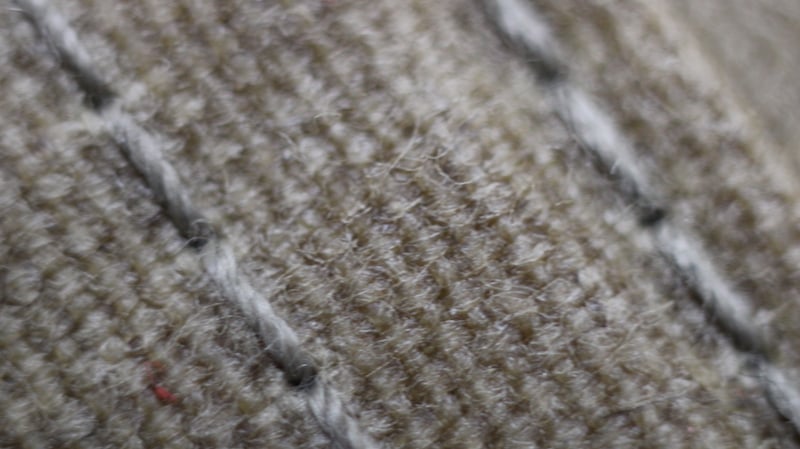
Waxed Canvas
Then there’s waxed canvas, one of those historical innovations that make the heritage clothes scene so wonderfully nerdy. Sailors noticed that wet canvas performed better than dry canvas as it caught more wind, but the rainwater added too much weight. They started using oils and paints to try to better capture the wind without adding a lot of water weight. Eventually, that classic yellow jacket so commonly associated with fishermen was invented by a New Zealander named Edward Le Roy in 1898. Along with this pioneering fashion innovation, he also discovered that using a combination of linseed oil and wax produced a more breathable, pliable fabric than the other waterproof fabrics available.
That idea of adding paraffin wax to canvas to improve water resistance wasn’t extended to the clothes industry until the 1930s. Even though Karl von Reichenbach invented paraffin wax tech about 100 years before Francis Webster Ltd, the Scottish sailmaking company produced paraffin waxed cotton exclusively for the New Zealand market in 1936. Other methods for waterproofing fabrics were too rigid and uncomfortable, but paraffin wax worked really well at creating a somewhat breathable, pliable fabric that caught wind and rain.
It also looks really cool on a jacket or a backpack.
[Related: The 7 Best Waxed Canvas Jackets for Men]

Three Common Canvas Products
Waxed canvas is a classic heritage product, but plain canvas is also found in tons of products. Duck canvas comes up a lot in your heritage outdoor wear as well. So here’s a quick overview of some cool products we’ve found.
Waxed Canvas Bags
Canvas is a popular material for use in backpacks and other bags. The benefits of canvas—durability and water-resistance— naturally make it a classic material for carrying our stuff around in.
[Related: The Best Waxed Canvas Backpacks]
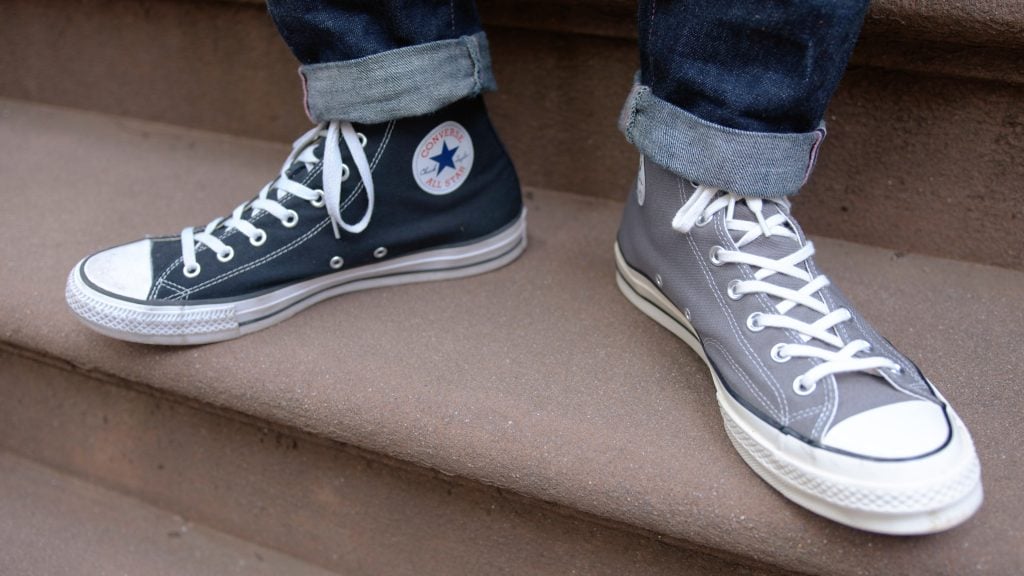
The Classic Canvas Shoe
Canvas is relatively inexpensive to manufacture, and it’s pretty flexible and durable, so it’s not uncommon to find in footwear. Converse sneakers and Nothing News are both examples of canvas shoes, although Nothing New’s canvas is made from recycled plastic bottles.
[Related: Converse vs Nothing New, the Most Eco-Friendly Sneaker on Earth]
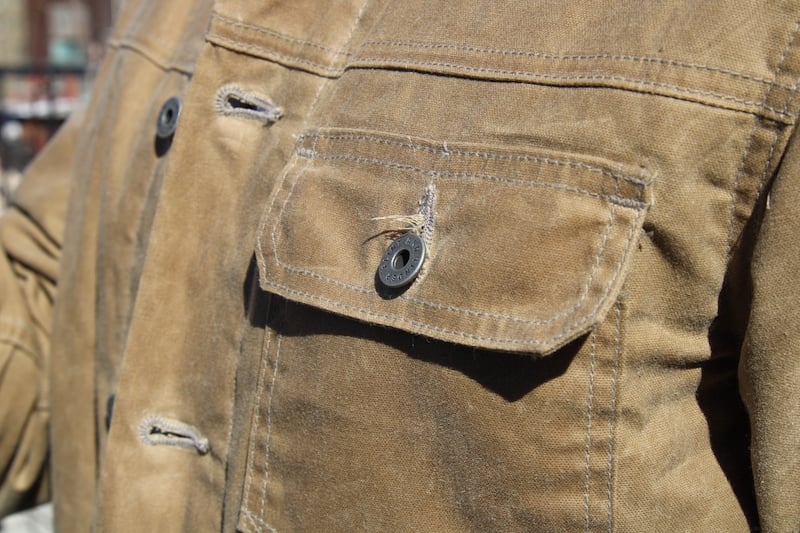
Canvas Outerwear and Clothing
Jackets and outdoor wear are often made from canvas, especially when coated in wax for additional water resistance. Duck canvas is also a common material for workwear trousers, owing to its resistance to snagging and tearing.
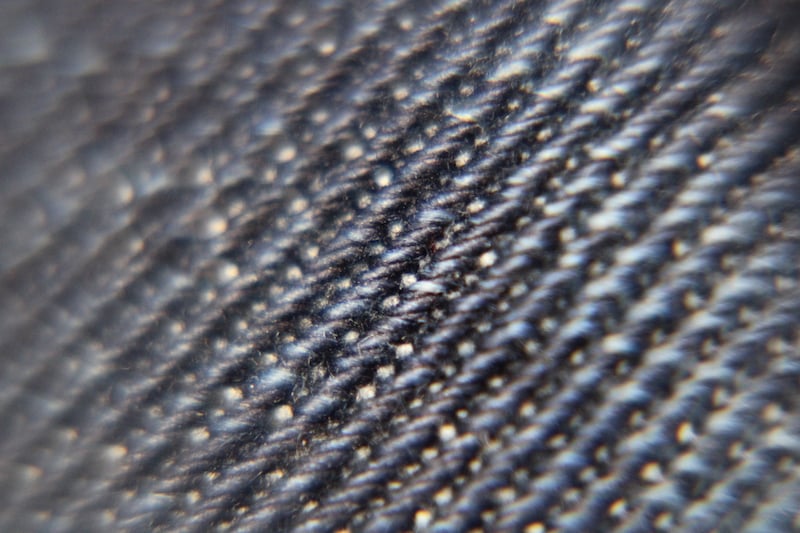
What is Twill?
Twill refers to the type of weave or structure of a fabric. There are three traditional types of textile weaves: twill, satin, and plain weaves. Again, canvas is a type of fabric constructed of a plain weave, whereas twill is type of weave that can describe lots of types of fabric (such as denim). Essentially, twill weaves are distinguished from plain weaves as a result of their diagonal offset threads, which are called wales.
Lennaert explains, “If I put these two fabrics in front of anybody and asked what the difference is, the first thing that they’d point out is that the surface of [twill weaves such as] denim are characterized by diagonal lines, while canvas has more of a crosshatched look“. A common type of weave is the 2/2 twill, with two warp threads crossing every two weft threads.
Twill is very tough. One can imagine starting with the plain weave used for canvas and beefing it up by adding more threads at intervals to supplement the warp and/or weft. This structure produces a stronger material than the right angles found in canvas’s plain weave as it has more threads, at more angles, holding its fabric together.
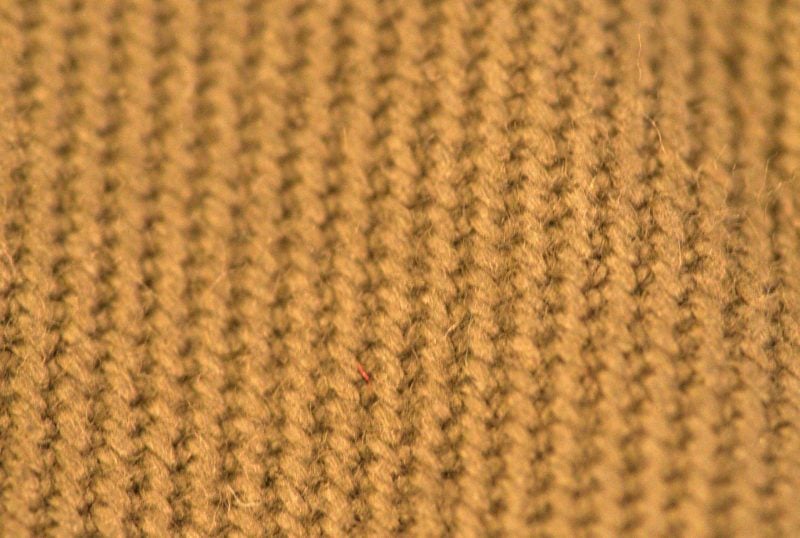
Reversibility
Canvas’s plain weave is reversible, meaning there is no visible difference between the front and back of the fabric. On the other hand, twill fabrics can often have a front and a backside which are easily identifiable. Of course, the two sides have jargony-sounding names like the technical face (the front) and the technical back (the back, duh).
The front of the twill weave has the more visible wale and is usually more durable and more attractive, so it’s the side that most people are used to seeing. A benefit of twill weaves such as denim is that the uneven surface of the technical face, with its pronounced wale, hides stains better than a plain-weaved canvas. So twill has this cool combo of being both durable and more stain-resistant.
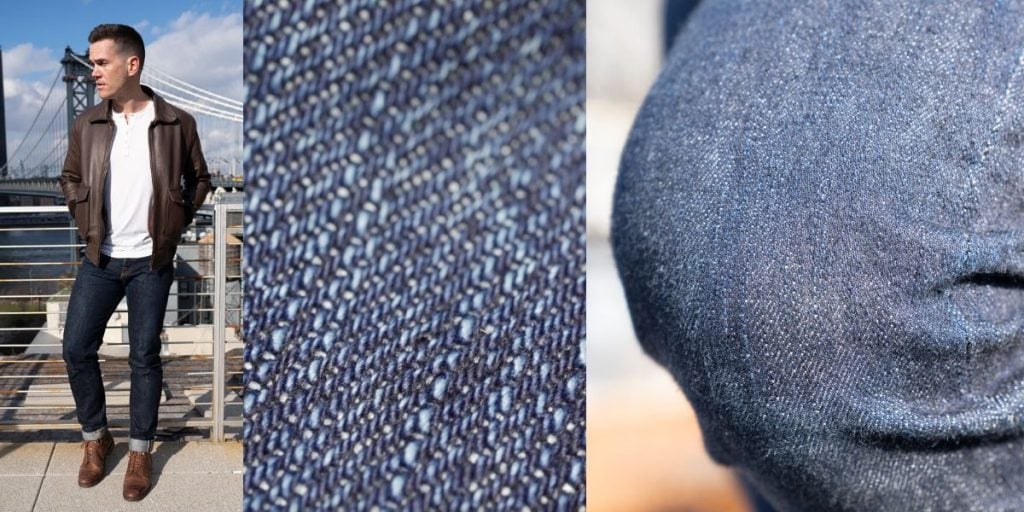
Three Common Twill Products
Twill can be found in super-expensive houndstooth down to common work clothes and flannels.
Raw Denim
Jeans are probably the most common and popular use of the twill weave. It’s rare to have something that’s both durable and aesthetically pleasing, but that’s denim for you.
Further Reading

Best Selvedge Denim: 9 Solid Brands Expert Tested for Quality, Value, & Weirdness
Some of our favorite jeans are selvedge denim. Learn more →

Chinos and Khaki
Yeah, chinos and khaki are a cotton twill and differ from jeans as they are lighter and obviously not dyed with indigo.
[Related: My 5 Favorite Ways to Style Red Wings]
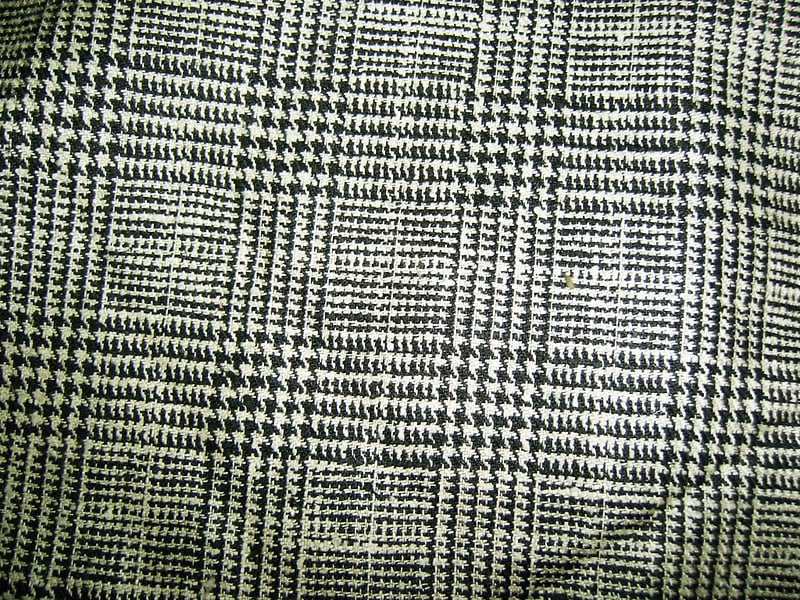
Tweed and Houndstooth
I’ve secretly always wanted to be a college professor moonlighting as a spy, or rogue archaeologist, so tweed and houndstooth patterns have long held a power over me. They’re basically made with different colored yarns in a twill weave — except tweed is made with wool, not cotton.
Workwear
As mentioned, twill creates a very durable fabric perfect for outdoor and work clothes. Cotton twill jackets are as common as duck canvas jackets in many work settings.
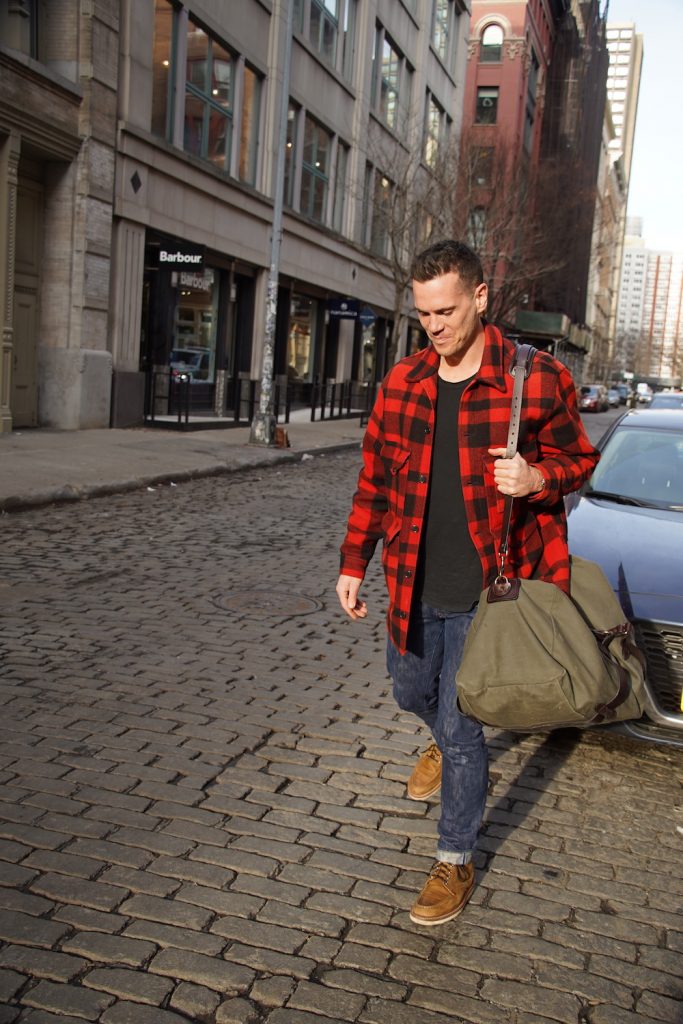
Conclusion
So there you have it. Twill-woven fabrics such as denim are basically plain-weave canvas’s fancier, stronger cousins. Canvas is a simple, durable, and wind-resistant fabric, while twill weaves are more breathable and strong on an ounce-per-ounce basis.
If you want traditional workwear, there’s a reason duck canvas is the most commonly used. Its smooth surface helps avoid rips and the tough structure gives it a great silhouette.
But if you’re looking for something that will break in a bit easier and hide dirt, twill weaves are the way to go. Overall, both plain weaves such as canvas and twill weaves are commonplace throughout the world of apparel, so if nothing else it’s fun to be able to identify them out in the wild. Just don’t go too crazy at parties, introducing yourself via complimenting someone’s thread structure isn’t as great of an ice breaker as we once thought (ask us how we know).

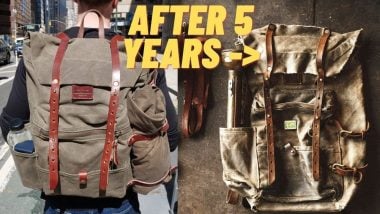
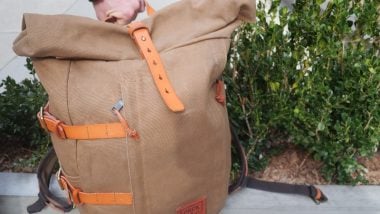






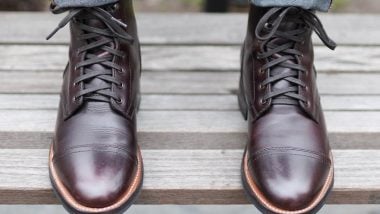
Exactly what I wanted to know. Thank you Karl!
Hey thanks Karl! So if we swap out 16ox waxed canvas for a 16oz waxed twill, with the twill be less durable?